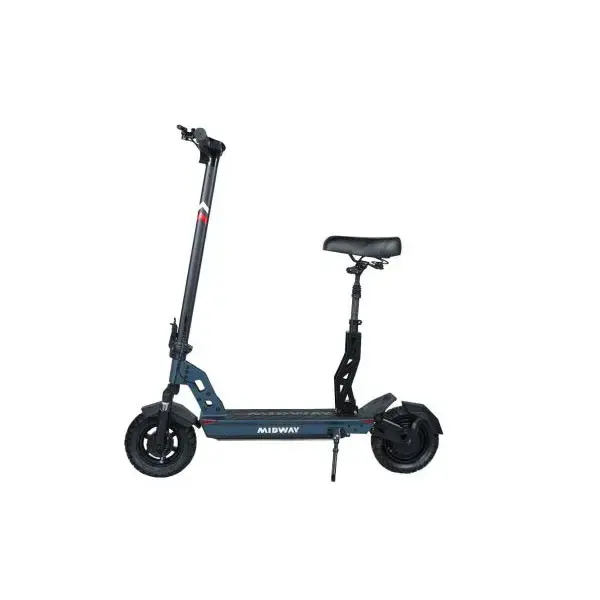What is the best temperature range for charging electric scooter batteries?
What is the best temperature range for charging electric scooter batteries?
In today's fast-paced life, electric scooters have become a convenient and environmentally friendly means of short-distance transportation. However, many electric scooter users may not realize that temperature control when charging the battery has a crucial impact on battery life and performance. This article will take a deep look at the optimal temperature range for charging electric scooter batteries and provide scientific basis and practical suggestions to help you better maintain the battery and extend its service life.

1. Why is temperature so important for battery charging?
The chemical reactions and physical properties of batteries are largely affected by temperature. Too high or too low temperatures can negatively affect the charging efficiency, capacity and safety of the battery. For example, high temperatures can cause the decomposition of the chemical substances inside the battery and accelerate battery aging; while low temperatures can reduce the battery's charge acceptance and prolong the charging time.
2. The best temperature range for charging electric scooter batteries
According to multiple studies and manufacturers' recommendations, the optimal temperature range for charging electric scooter lithium batteries is generally 15°C to 25°C (59°F to 77°F). In this temperature range, the battery's chemical reaction is the most stable, the charging efficiency is the highest, and the heat accumulation of the battery can be minimized.
1. Scientific basis for the charging temperature range
Chemical stability: The electrolyte and electrode materials of lithium batteries have the best chemical stability in the temperature range of 15°C to 25°C. At this time, the insertion and extraction process of lithium ions is the smoothest, and there are fewer side reactions inside the battery.
Thermal management: In this temperature range, the heat generated by the battery can be effectively dissipated through natural heat dissipation or simple heat dissipation devices, avoiding battery expansion or performance degradation caused by overheating.
Battery life: Studies have shown that batteries that are charged at suitable temperatures for a long time have a cycle life that is 30% to 50% longer than batteries charged at extreme temperatures.
2. Risks of charging at extreme temperatures
High temperature charging (>30°C): When the temperature exceeds 30°C, the chemical reaction inside the battery is accelerated, resulting in heat accumulation. This not only reduces the charging efficiency, but may also cause thermal runaway inside the battery, and even cause the battery to swell, leak, or catch fire.
Low temperature charging (<10°C): In low temperature environments, the diffusion rate of lithium ions in the battery slows down and the charging acceptance capacity decreases. Charging at this time may cause lithium ions to precipitate on the electrode surface, forming lithium dendrites, which can pierce the battery separator and cause a short circuit.
III. How to control the battery temperature when charging?
1. Choose a suitable charging environment
Indoor charging: It is recommended to charge indoors to avoid being affected by the external ambient temperature. The indoor temperature is usually stable and can be adjusted to a suitable range by air conditioning or heating.
Avoid direct sunlight: When charging, the electric scooter should be placed in a cool place to avoid direct sunlight that causes the battery temperature to rise.
2. Use suitable charging equipment
Specialized chargers: Always use chargers recommended by the manufacturer, as they are specially designed to provide the right charging voltage and current for specific batteries.
Smart chargers: Some modern chargers are equipped with temperature sensors that can monitor the battery temperature in real time during charging and automatically adjust the charging parameters.
3. Avoid fast charging
Although fast charging can shorten the charging time, it will generate more heat. It is recommended to use the standard charging mode in non-emergency situations.
IV. Other battery maintenance suggestions
1. Avoid overcharging
Overcharging can cause heat to accumulate inside the battery and accelerate battery aging. It is recommended to unplug the charger in time after the battery is fully charged.
2. Keep the battery power within a reasonable range
Keep the battery power between 20% and 80%, and avoid deep discharge or long-term full charge.
3. Check the battery regularly
Check the battery regularly for swelling, leakage or other abnormal conditions. If problems are found, the battery should be replaced in time.
V. Actual cases and user feedback
Many electric scooter users have clearly felt the extension of battery life and improved performance after following the optimal charging temperature range. For example, one user found that the battery's range increased by 10% and the battery life was extended by about 20% after controlling the charging temperature between 15°C and 25°C.
VI. Summary
The optimal temperature range for charging electric scooter batteries is 15°C to 25°C. In this temperature range, the battery's chemical reaction is most stable, the charging efficiency is the highest, and the heat accumulation of the battery can be minimized. By choosing the right charging environment, using a dedicated charger, and avoiding fast charging, users can effectively control the battery temperature, extend the battery life, and improve the overall performance of the electric scooter.
In daily use, users should develop good charging habits, check the battery status regularly, and follow the manufacturer's instructions. Only in this way can the health and safety of the electric scooter battery be ensured, making your travel more convenient and environmentally friendly.














